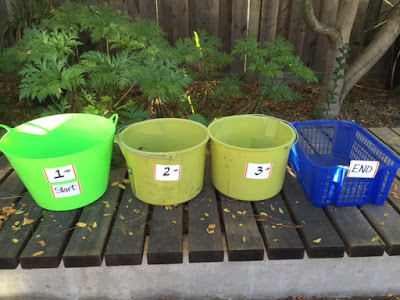Painting Book Camp Ideas from TAB Facebook Group October 9, 2021 Claire McWilliams Blending. Wet on wet. Dry brush. Composition. 1-pt perspective. Atmospheric perspective. Waiting for stuff that needs to dry before moving on (hahaha) Katie Bonilla I printed out concentric stars on cardstock to practice brush control Amy Van Wyk Gray Brush strokes & mark making/ brush type stretch and explore. black tempera cakes so the color doesn’t play into it value can also be discussed. Linda Arnold Textures, layering, glazing Michelle Riley watercolor lab with a ton of fun techniques resists, tape, dripping, rubbing alcohol, salt, etc. Sonia D'Agnese Gradation, Hard-edge, texture, brushstrokes, layering, varying line width, impasto April Singewald “task party” with 3rd where students had tasks different size brushes, plastic forks and scrapers to make marks on one paper. cleaning the brushes properly. Angie Beardsley Watercolor painting, Sponge for texture, wet on w

